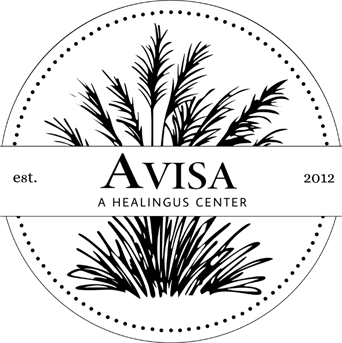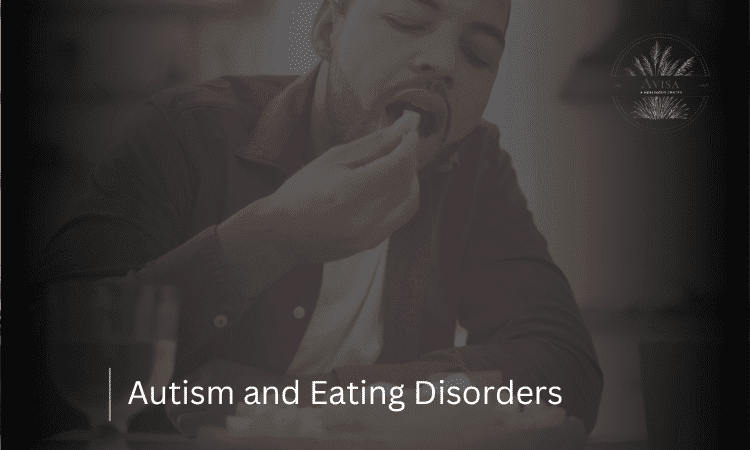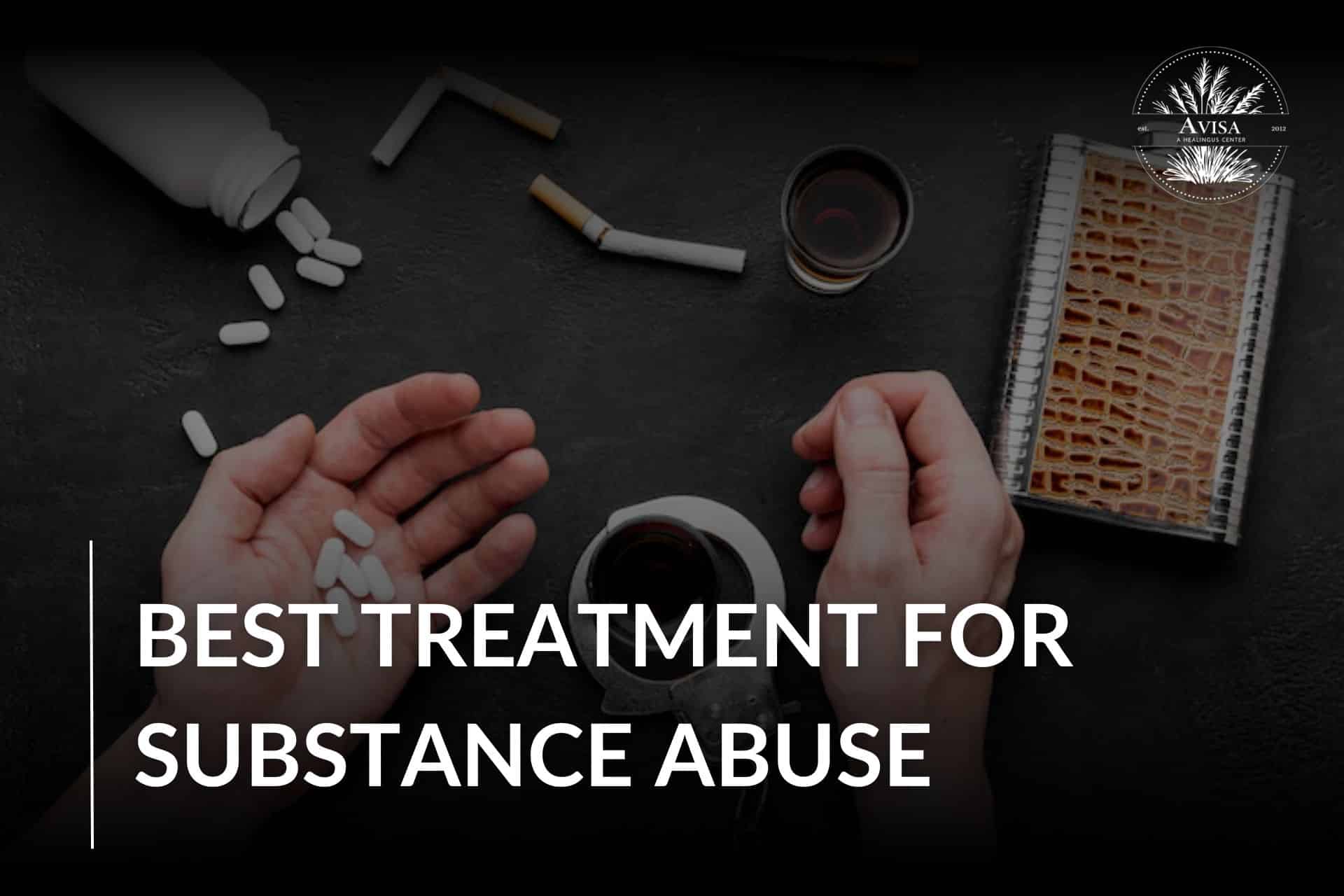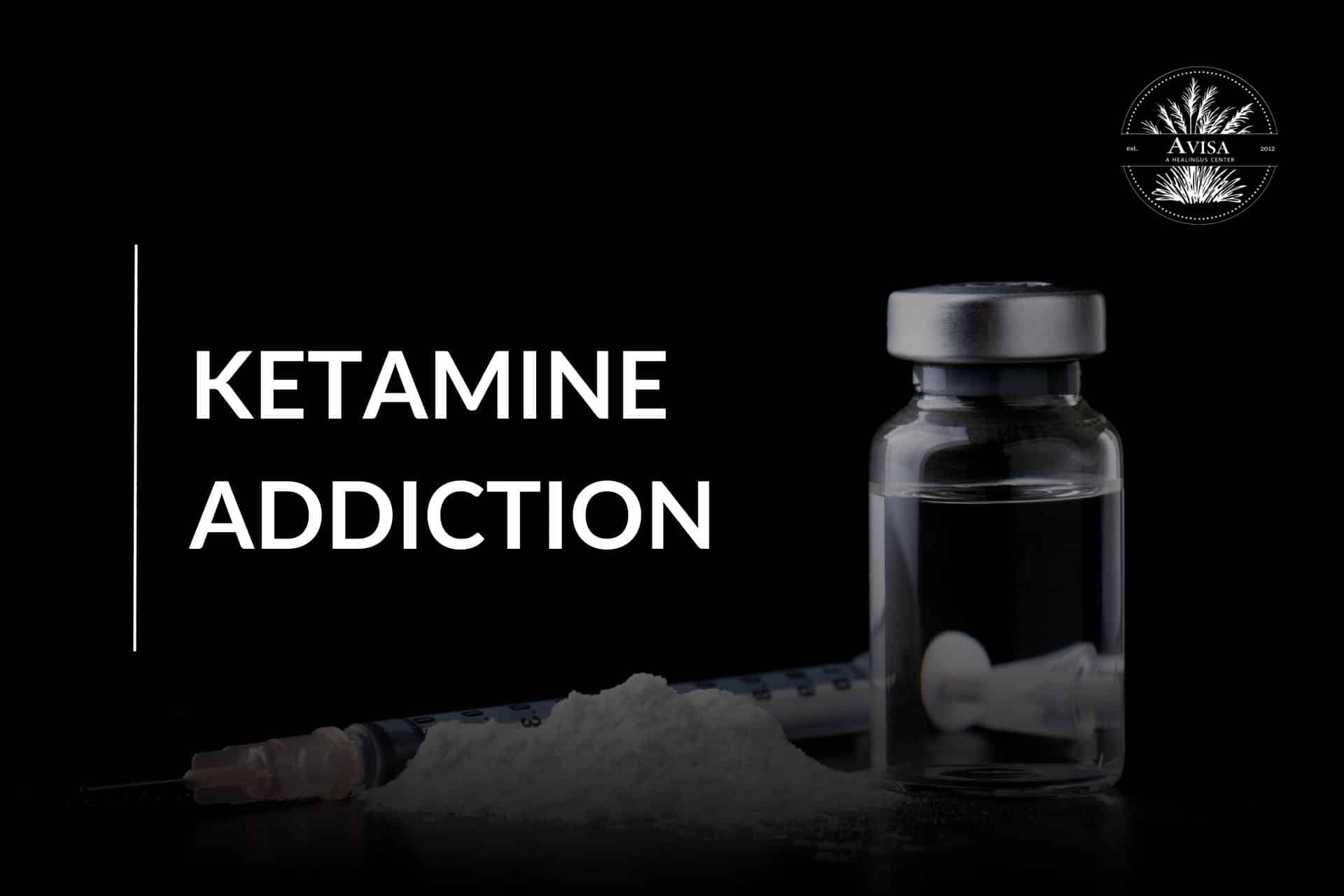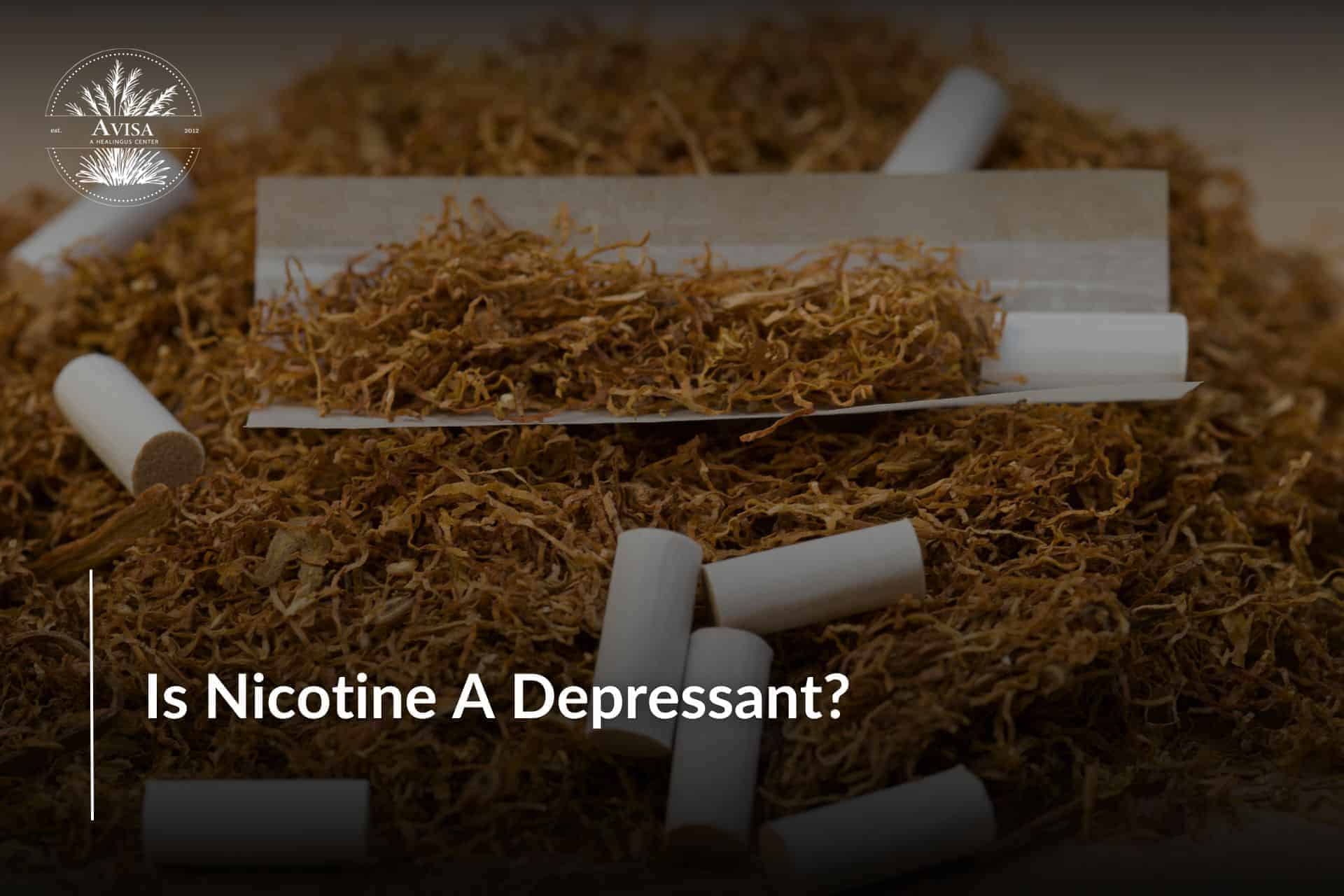The prevalence of prescription drug abuse raises questions about its root causes. Unveiling the factors influencing this problem is crucial to understanding it better.
At Avisa Recovery, individuals grappling with prescription drug abuse can access comprehensive care. The adept medical professionals at Avisa possess the expertise and training to guide individuals through recovery from substance abuse and concurrent mental health disorders.
To gain insights into the ubiquity of prescription drug abuse, consult a Avisa Recovery expert today.
Avisa Recovery, located in Ocean County, specializes in aiding recovery from substance use disorder, be it related to drugs or alcohol.
Why is Abuse of Prescription Drugs Such a Common Problems?
The prevalence of prescription drug abuse in the United States stems from several causes, such as the ease of medication access, inadequate monitoring protocols, the availability of analogous street drugs, and insufficient comprehensive care.
A major concern is the widespread availability and excessive prescription of addictive medications in the county. Opioids and opiates, frequently prescribed, serve a myriad of purposes from pain management to post-operative care, cancer treatment, and even managing severe diarrhea or cough. The broad range of applications makes these drugs accessible to diverse age groups and populations.
The absence of effective monitoring for these medications, despite their rapid potential for addiction, exacerbates the danger. Poor monitoring increases the risk of swift development of problematic use, potentially evolving into full-blown addiction if not addressed.
Furthermore, prescription medications, particularly opioids, often have street-level counterparts that are readily accessible. This implies that individuals who exhibit early signs of problematic use but struggle to cease consumption have alternative means to achieve a similar effect.
Lastly, treatment for prescription drug addiction is not as prevalent as that for illicit drugs. This underscores the necessity for comprehensive care that not only addresses the addiction but also delves into the underlying reasons for prescription need, especially in cases of chronic mental or physical health conditions.
The growing epidemic of prescription drug abuse
Prescription drug abuse has reached epidemic proportions in recent years, with devastating consequences for individuals and communities alike. This alarming trend has been fueled by various factors, including the increasing availability and accessibility of prescription drugs, the lack of awareness about the risks associated with their misuse, and the failure of healthcare systems to effectively address the issue.
According to the National Institute on Drug Abuse (NIDA), prescription drug abuse involves taking medication in a manner or dosage other than prescribed or taking drugs that have not been prescribed to you. This includes opioids, stimulants, sedatives, and tranquilizers, all of which have a high potential for abuse and addiction.
Commonly abused prescription drugs
Prescription drugs are intended to help individuals manage physical and mental health conditions. However, when used improperly, they can have severe consequences. Some of the most commonly abused prescription drugs include opioids such as oxycodone and hydrocodone, which are used to treat pain; stimulants like Adderall and Ritalin, prescribed for attention deficit hyperactivity disorder (ADHD); and benzodiazepines such as Xanax and Valium, used to treat anxiety and sleep disorders.
These drugs can produce feelings of euphoria and relaxation, making them highly sought after by individuals looking to escape from emotional or physical pain. Unfortunately, the misuse of these drugs can lead to addiction, overdose, and even death.
The hidden dangers of prescription drug abuse
The dangers of prescription drug abuse go far beyond the risks associated with recreational drug use. When used improperly or without medical supervision, prescription drugs can have severe consequences on both the physical and mental health of individuals.
Physically, the misuse of prescription drugs can lead to a range of health problems, including respiratory depression, heart problems, liver damage, and even overdose. The risk of overdose is particularly high with opioids, as they can depress the central nervous system and slow down breathing to dangerous levels.
Mentally, prescription drug abuse can lead to a host of psychological issues, including anxiety, depression, mood swings, and cognitive impairments. Over time, individuals may develop a tolerance to the drugs, requiring higher doses to achieve the desired effect. This can lead to a vicious cycle of dependence and addiction, further exacerbating the risks associated with prescription drug abuse.
Impact of prescription drug abuse on individuals and society
The impact of prescription drug abuse extends beyond the individual abuser, affecting their families, communities, and society as a whole. Families often bear the emotional and financial burden of supporting a loved one struggling with addiction, while communities suffer from increased crime rates and strained healthcare systems.
From a societal perspective, prescription drug abuse places a significant strain on public resources, including emergency departments, addiction treatment centers, and law enforcement agencies. The cost of treating addiction and its associated health complications is staggering, with billions of dollars spent each year on medical expenses, rehabilitation programs, and lost productivity.
Furthermore, the indirect costs of prescription drug abuse, such as the loss of potential contributions from individuals affected by addiction, cannot be quantified. The toll on relationships, careers, and overall quality of life is immeasurable, highlighting the urgent need for prevention, education, and treatment.
Recognizing the signs of prescription drug abuse
Recognizing the signs of prescription drug abuse is crucial for early intervention and treatment. Some common signs include:
- Changes in behavior and mood, such as increased irritability, agitation, or secrecy.
- Sudden changes in physical appearance, including weight loss or gain, poor hygiene, or unexplained bruises or marks.
- Neglecting responsibilities, such as work or school, due to drug use.
- Doctor shopping or obtaining prescriptions from multiple healthcare providers.
- Engaging in risky behaviors, such as driving under the influence or stealing medication.
If you suspect that someone you know may be struggling with prescription drug abuse, it is important to approach the situation with empathy and offer support. Encouraging open communication and seeking professional help can make a significant difference in their journey to recovery.
Treatment options for prescription drug abuse
Treating prescription drug abuse requires a comprehensive approach that addresses both the physical and psychological aspects of addiction. The most effective treatment plans often include a combination of medication-assisted treatment, counseling, and support groups.
Medication-assisted treatment involves the use of medications, such as methadone or buprenorphine, to help individuals manage withdrawal symptoms and cravings. These medications are carefully administered and monitored by healthcare professionals to ensure safe and effective treatment.
Counseling and therapy play a crucial role in addressing the underlying issues that contribute to prescription drug abuse. Individual therapy, group therapy, and family therapy can help individuals develop healthy coping mechanisms, improve communication skills, and rebuild relationships damaged by addiction.
Support groups, such as Narcotics Anonymous, provide a sense of community and understanding for individuals in recovery. These groups offer a safe space to share experiences, gain support, and learn from others who have successfully overcome prescription drug abuse.
Prevention and education efforts
Prevention and education are key in addressing the prescription drug abuse epidemic. It is essential to raise awareness about the risks associated with prescription drug misuse and provide accurate information to healthcare professionals, patients, and the general public.
Healthcare professionals play a critical role in preventing prescription drug abuse by prescribing medications responsibly and monitoring patients for signs of misuse. They should educate patients about the potential risks and side effects of prescription drugs, as well as the importance of following prescribed dosages and treatment plans.
Educational programs in schools and communities can help increase awareness among young people, who are particularly vulnerable to prescription drug abuse. These programs should focus on teaching students about the dangers of drug misuse, as well as healthy coping mechanisms and decision-making skills.
The role of healthcare professionals in addressing prescription drug abuse
Healthcare professionals play a crucial role in addressing the prescription drug abuse epidemic. They have the power to prevent misuse through responsible prescribing practices, as well as provide early intervention and treatment for individuals struggling with addiction.
By staying up to date with the latest research and guidelines on prescription drug abuse, healthcare professionals can make informed decisions when prescribing medications. They should also follow best practices for monitoring patients, including regular check-ins, urine drug screenings, and referral to addiction specialists when necessary.
In addition, healthcare professionals should advocate for policy changes that support prevention, education, and access to treatment for prescription drug abuse. They can join forces with local organizations, participate in awareness campaigns, and use their expertise to influence public health initiatives.
The most Prevalently Abused Prescription Drugs Are?
Among the prescription drugs frequently abused, opioid narcotics, benzodiazepines, and amphetamines take the lead.
Opioid narcotics, potent pain relievers prescribed for various reasons, are susceptible to misuse due to the subjectivity of pain and necessity.
Amphetamines, commonly prescribed to individuals with ADHD, also face misuse. Closely related to methamphetamine, these stimulants enhance focus and concentration.
What Are the Signs of Prescription Drug Abuse?
Recognizing signs of prescription drug misuse varies depending on the specific drug. Familiarizing oneself with potential abuse methods aids in identifying warning signs in loved ones
Abuse can involve excessive consumption, altering administration methods, or obtaining medications unlawfully. Any of these practices heighten the risk of problematic use.
Misuse can lead to medication-related adverse effects, attempts to obtain drugs via doctor shopping or illegal means, and noticeable social changes such as shifts in mood, altered personality, increased absenteeism from school or work, altered friend circles, and decreased participation in once-enjoyed activities.
How To Find Prescription Drug Addiction Treatment?
Effective prescription drug treatment necessitates a facility catering to mental, physical, and emotional needs.
Avisa Recovery, with its comprehensive resources, offers end-to-end treatment options. To learn more about prescription drug rehabilitation at Avisa Recovery, engage with an admissions counselor today.

